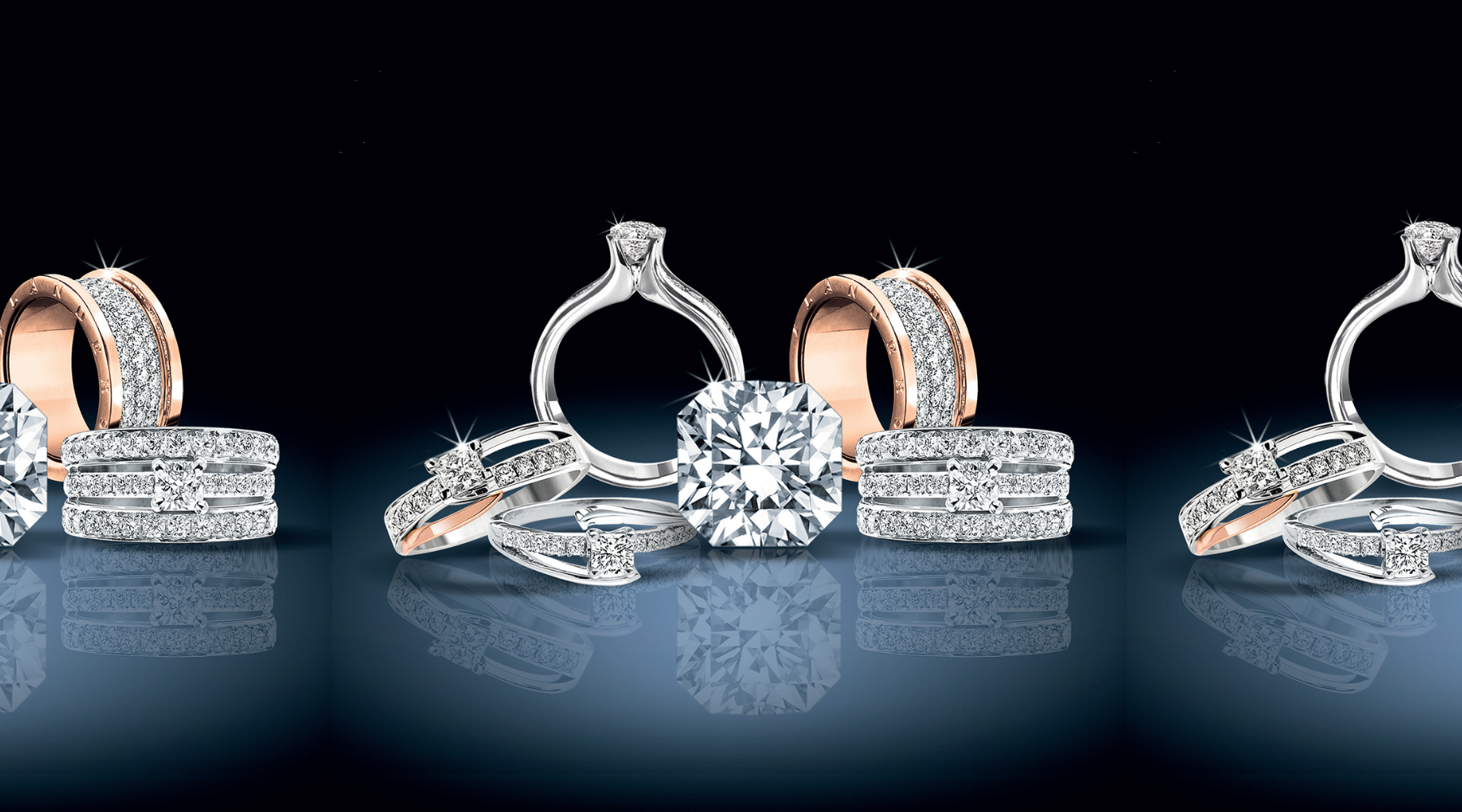OUR MATERIALS
Our jewellery collections are manufactured in 18K Gold. Whether you’re treating yourself to a new piece or looking for a special gift, let our jewellery material guide help you make your choice.
JEWELLERY METALS GUIDE
The most common metal type used in jewellery are gold, silver and platinum. They are often used in various forms such as white gold, yellow gold, rose gold and also alloyed with other metals to make them more durable. Gold and silver have been used for thousands of years in Jewellery making, while Platinum is a more recent addition, but has quickly become popular due to its durability and resistance to tarnishing.


The different types of gold metals are classified based on their karatage, which refers to the percentage of pure gold in the alloy. Here are the most common types of gold metals:
24k gold: This is the purest form of gold, with 99.9% gold content. It is too soft for jewellery making, so it is often alloyed with other metals to increase its durability. 24K gold is often used for investment purposes or for special occasions.22k gold: This type of gold contains 91.67% gold and 8.33% other metals, such as copper and silver. It has a rich, warm colour and is commonly used for traditional jewellery designs.
18k gold: This type of gold contains 75% gold and 25% other metals. It is a popular choice for fine jewellery, as it has a good balance of durability and gold content. 18K gold is often used for engagement rings, wedding bands, and other high-end jewellery pieces.
14k gold: This type of gold contains 58.33% gold and 41.67% other metals. It is a common choice for engagement and wedding rings, as it is durable and affordable. Therefore, 14K gold is often used for everyday jewellery, such as necklaces, bracelets, and earrings.
10k gold: This type of gold contains 41.67% gold and 58.33% other metals. It is the minimum karatage for gold jewellery in the United States, and is often used for affordable jewellery pieces. 10K gold is often used for jewellery that is worn daily, such as wedding bands and class rings.
In general, higher karat gold is more valuable and pure, but also more soft and prone to damage. Lower karat gold has a higher percentage of other metals, which can make it more durable but also less valuable. The choice of gold karatage depends on personal preference, budget, and the intended use of the jewellery piece.
| Carat | Fineness | Percentage |
| 24 | 999.99 | 100% |
| 22 | 916 | 91.6% |
| 18 | 750 | 75% |
| 15 | 625 | 62.5% |
| 14 | 585 | 58.5% |
| 10 | 417 | 41.7% |
| 9 | 375 | 37.5% |
| 8 | 333 | 33.3 |

